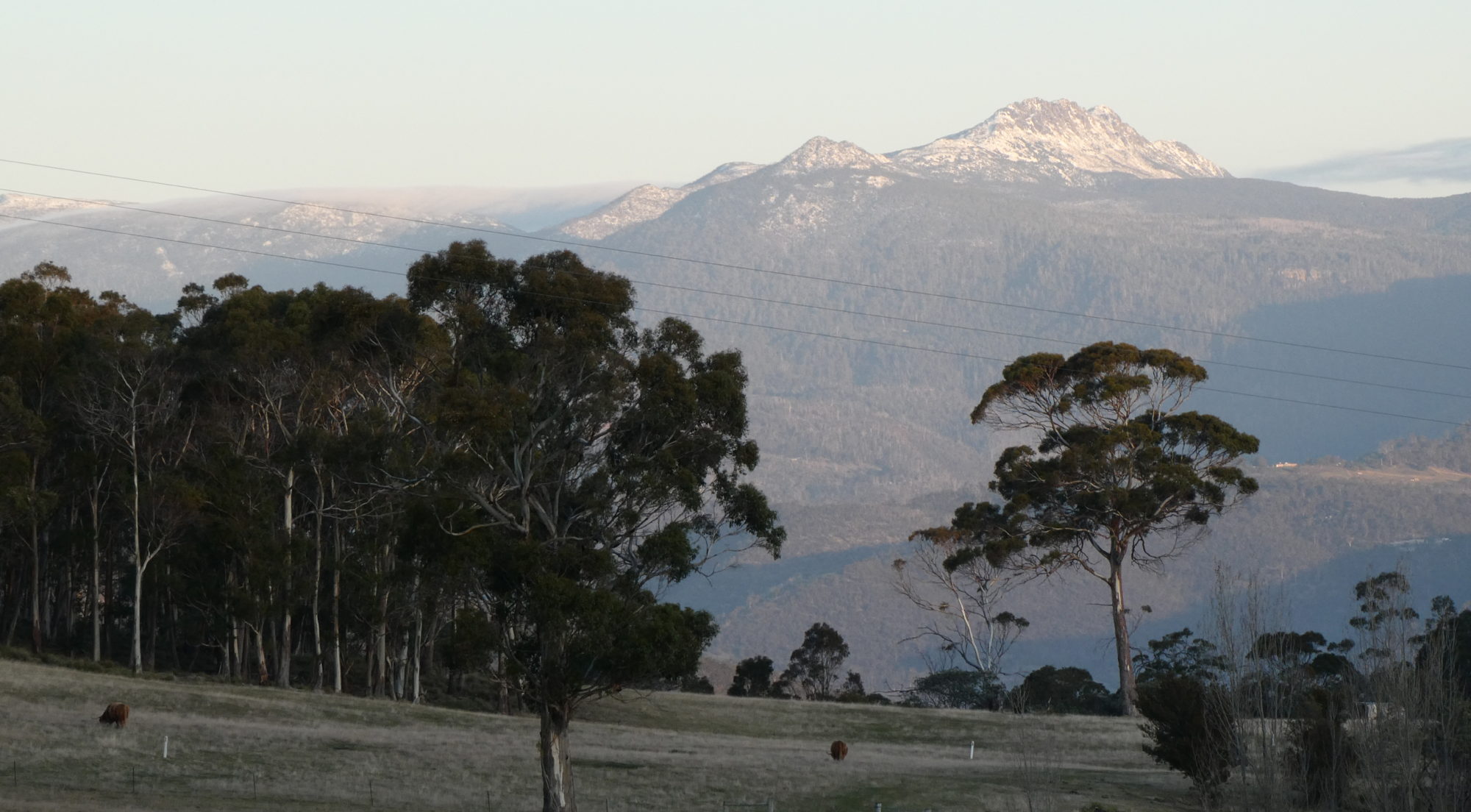
In 1972 the book Limits to Growth was published and generally panned by the experts. There was a strong negative reaction to the LTG study from at least four sources: those who saw the book as a threat to their business or industry; professional economists, who saw LTG as an uncredentialed encroachment on their professional perquisites; the Catholic church, which bridled at the suggestion that overpopulation was one of mankind’s major problems; finally, the political left, which saw the LTG study as a scam by the elites designed to trick workers into believing that a proletarian paradise was a pipe dream.
In 2016, a report published by the UK All-Party Parliamentary Group on Limits to Growth concluded that “there is unsettling evidence that society is still following the ‘standard run’ of the original study – in which overshoot leads to an eventual collapse of production and living standards”
Over the past couple of years there have been several reports published expressing concern about whether there are enough supplies of rare minerals to enable the world to give up fossil fuels and transition to a clean green Utopian future.
The reports are by respectable organisations: The British Museum, The Finnish Government, the International Energy Agency and the European Commission. Some are listed below. Some of them, especially the IEA and the Finnish reports, are very long documents (hundreds of pages) -they are listed so that one can check to see that they are indeed serious systematic analyses.
The best way to get a good overview of this topic is in the Youtube presentation by Dr Simon Michaux (an Australian geologist and mining engineer who wrote the Finnish Geological Survey report). The youtube is 60 minutes in length and consists mainly of charts and diagrams from the Finnish report plus explanations and commentary by Michaux .
Simon Michaux: YouTube of his Finnish Geological Survey Report https://www.youtube.com/watch?v=n_gvvj56rzw
Quote
Currently, our industrial ecosystem is highly dependent on finite non-renewable natural resources (oil, gas and coal). That reserves will eventually deplete and production peak and decline is accepted. The question is when. This report shows that that peak date is either imminent or in our recent past
(possibly 2015). It is no longer a case of mitigation or avocation for a change in society practice.
It has been shown with updated data that the Limits to Growth model first proposed in 1972 was conceptually correct (Figure 296). In this model, the global economic and industrial ecosystem will
undergo a series of structural changes in the next 5 to 10 years, where a number of fundamental metrics will peak and decline. The first of these metrics is industrial output per capita. It can be argued that the global industrial ecosystem has already passed this point in 2008.
Once the industrial ecosystem transitions into a contracting energy environment (possibly already has done so), a very different paradigm will be required for industrial operation. The current paradigm is one of expansion (desired rate approximately 2%) and increase in technological complexity. Currently, this is supported with the application of quantitative easing. In a contracting energy supply market, the reverse of this will happen as a matter of reality based practicality, where the system will contract in scope and complexity.
The system will evolve from “make it bigger, better and faster, and do it now” to “how do we make do with less CRM production with supply interruptions as long as 6 months”. One of the outcomes would be the difficulty of maintaining trade routes with long supply chains. The sourcing of useful goods and services will be forced to become localized, including the use of raw materials. This means that mineral resources of all kinds will become much more valuable than they are now and would have to be managed much more carefully.
(CRM = Critical Raw Materials)
Some Links
Meadows, Donella H; Meadows, Dennis L; Randers, Jørgen; Behrens III, William W (1972). The Limits to Growth; A Report for the Club of Rome’s Project on the Predicament of Mankind. New York: Universe Books. ISBN 0876631650. Retrieved 26 November 2017. https://archive.org/details/limitstogrowthr00mead
Geological Survey of Finland: Excellent, comprehensive survey of world oil resources, rare earths, depletion rates etc, report December 2019 https://tupa.gtk.fi/raportti/arkisto/70_2019.pdf
Press release– https://www.iea.org/news/clean-energy-demand-for-critical-minerals-set-to-soar-as-the-world-pursues-net-zero-goals
Executive Summary https://www.iea.org/reports/the-role-of-critical-minerals-in-clean-energy-transitions/executive-summary
Full Report (283 pages) https://iea.blob.core.windows.net/assets/24d5dfbb-a77a-4647-abcc-667867207f74/TheRoleofCriticalMineralsinCleanEnergyTransitions.pdf
The European Commission: https://eur-lex.europa.eu/legal-content/EN/TXT/?uri=CELEX:52020DC0474
The British Museum (press release—quite short): https://www.nhm.ac.uk/press-office/press-releases/leading-scientists-set-out-resource-challenge-of-meeting-net-zer.html?fbclid=IwAR3J94YKNBHWfI6_tt-4mWDLDIzzQ-iF5uAxv1l0fV6tJV1qVKXW0corjj8

